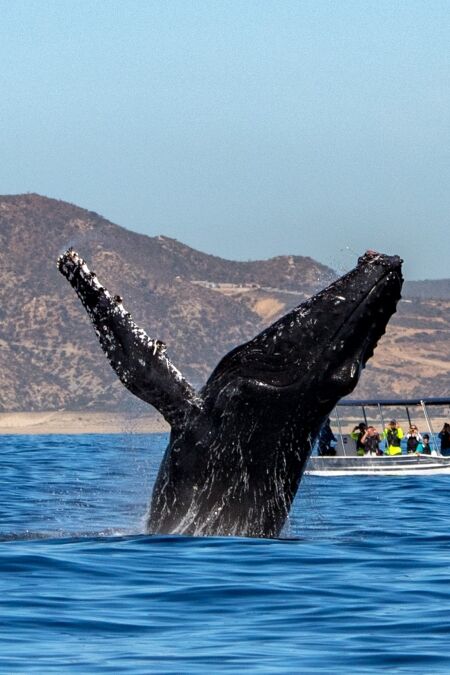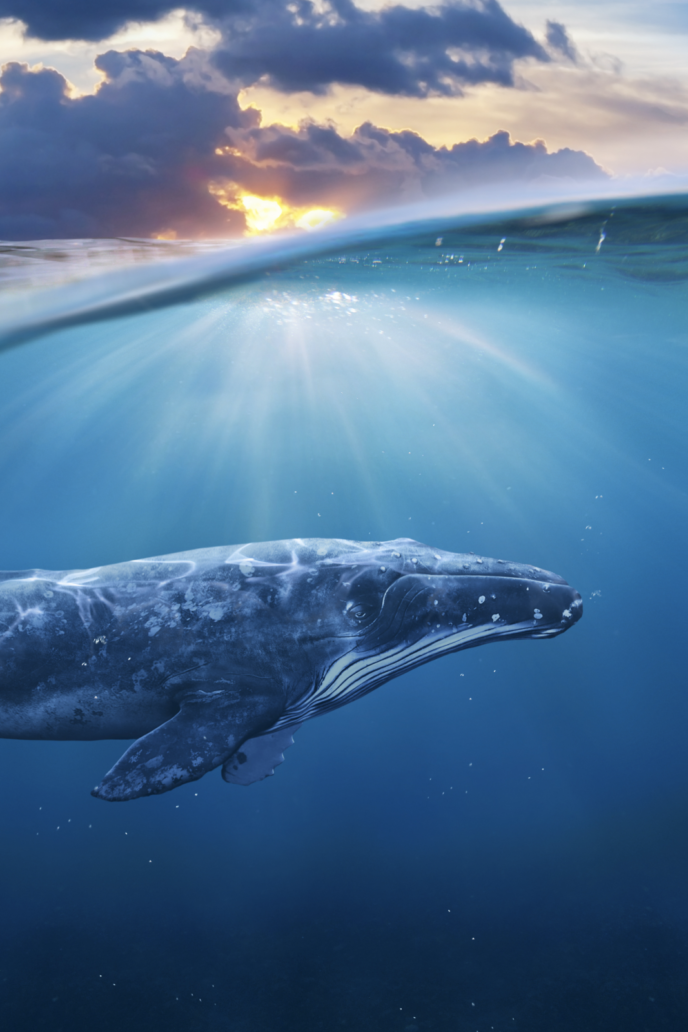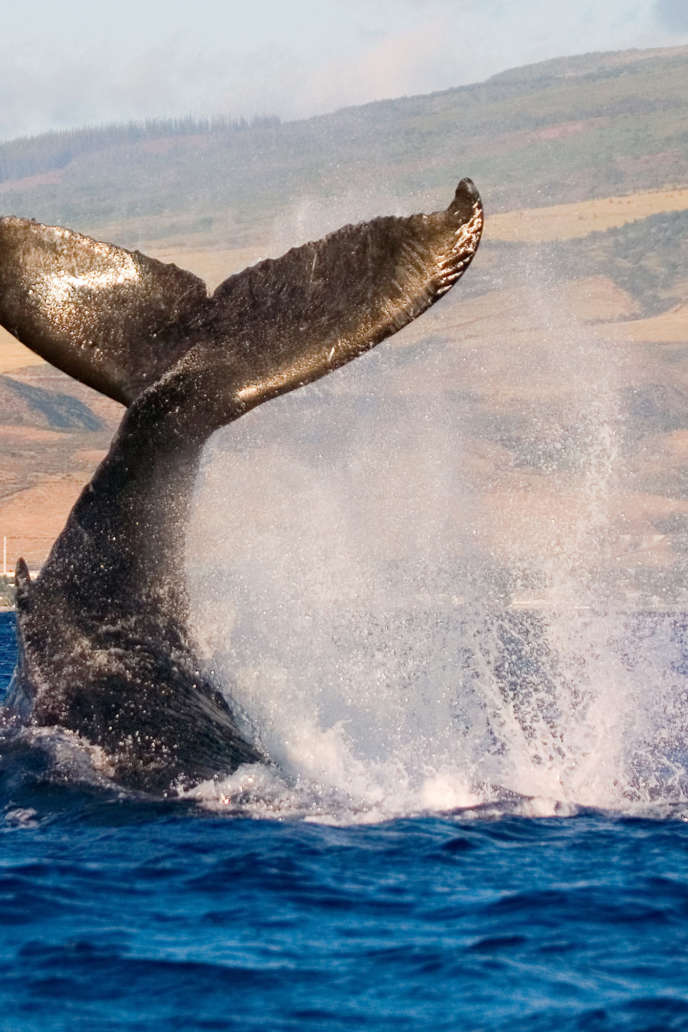Between December and April, the warm, clear waters of Hawaii transform into a theater for one of nature’s most majestic creatures, the humpback whale. Let’s explore why this state has earned its reputation as a prime spot for observing these gentle giants in their natural habitat.
Geographic Advantages of Hawaii for Whale Watching
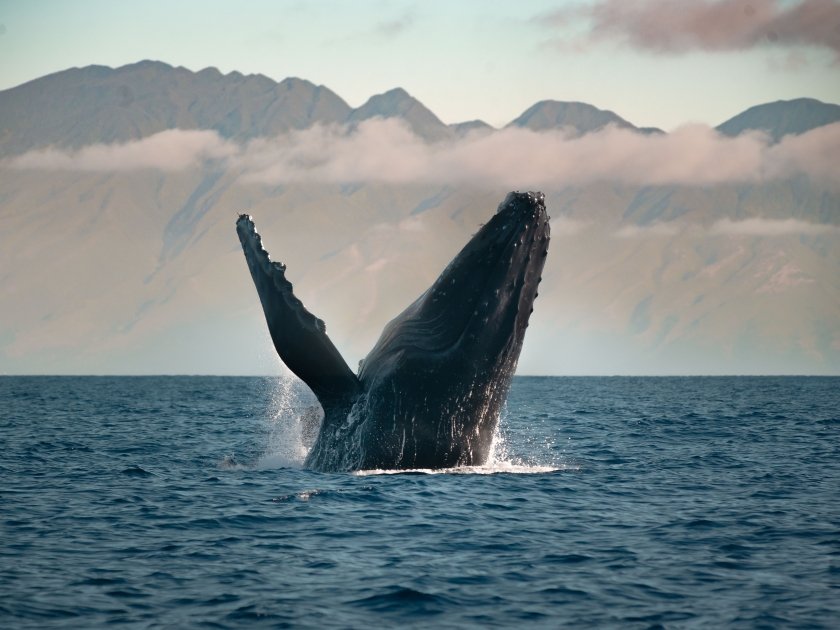
Situated amid the vast Pacific Ocean, Hawaii is a key junction in the migration routes of humpback whales. These gentle giants travel from the chilly waters of Alaska to the warm, welcoming waters of Hawaii to breed and give birth. This makes Hawaii an ideal location for observing these creatures in their natural habitats. The stunning clarity of Hawaii’s waters, coupled with its deep oceanic trenches close to the shorelines, allows whales to swim near the coasts. As a result, viewers from the beach or aboard boats can witness the awe-inspiring sight of these magnificent animals breaching the water’s surface and showcasing their incredible acrobatic skills.
Whale Species Found in Hawaiian Waters
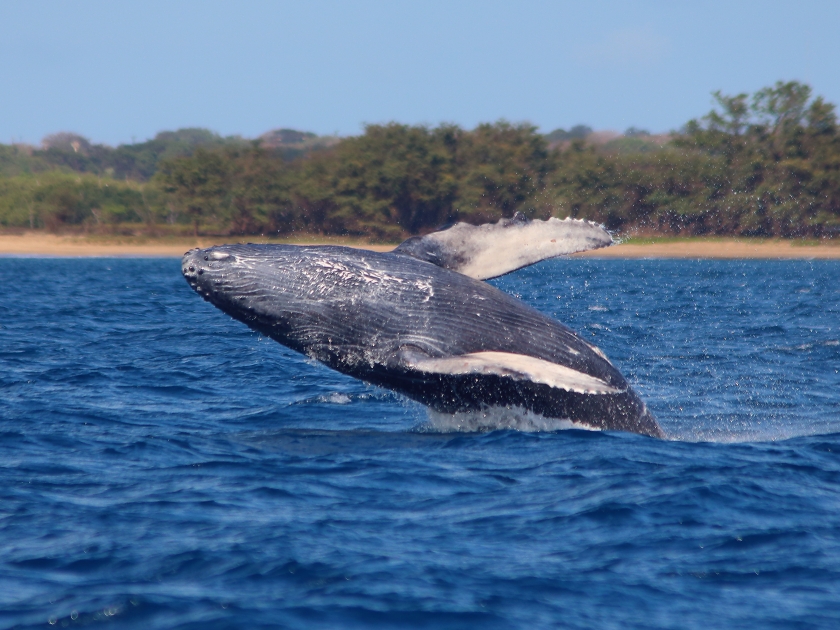
Primarily, humpback whales steal the show in Hawaii. Their mass migration, one of the longest of any mammal, is driven by the need for a safer and warmer environment to breed and raise their young. Humpbacks are easily identifiable by their large pectoral fins and unique songs, making them the stars of whale watching in Hawaii.In addition to humpbacks, other whale species can occasionally be spotted in Hawaiian waters. These include the toothed sperm whale, known for its distinctively large head and prominent rounded forehead. Each of these species adds its unique charm to the mesmerizing spectacle of whale watching in Hawaii.
Learn More: Exploring the Different Whale Species in Hawaii
Top Locations for Whale Watching in Hawaii
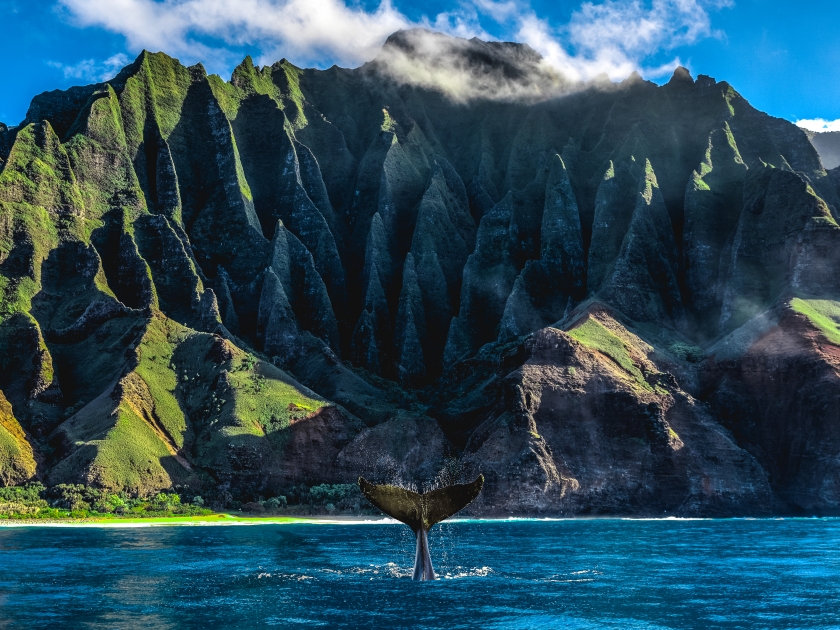
Hawaii offers numerous spots for whale watching, each with its unique charm. The waters between Maui, Lanai, Molokai, and Kahoolawe are particularly favored by humpback whales, making it an ideal location for whale watching. Tourists can expect an extraordinary viewing experience from both land and sea. Known for its iconic Diamond Head and Waikiki Beach, Oahu also offers fantastic whale-watching opportunities. The North Shore, in particular, is a popular spot among whale watchers. On the Big Island, you can often observe whales from the shore, particularly in areas around Kailua-Kona and the Kohala Coast. Boat tours are also available for a closer encounter. The Na Pali Coast in Kauai provides another excellent vantage point for whale watching, with its towering sea cliffs offering breathtaking panoramic views.
Whale Watching Tours in Hawaii
![Afternoon Whale Watch from Kona - Body Glove Cruises [Dec - Mar]](https://www.hawaiiactivities.com/travelguide/wp-content/uploads/Body-Glove-Cruises.jpg)
There is no shortage of companies offering whale-watching tours in Hawaii. These range from intimate, small-boat tours to larger, luxury yacht expeditions. Each tour offers a unique experience, with knowledgeable guides and onboard naturalists who share insightful information about the whales and their behavior. Some tours even include hydrophones, allowing passengers to listen to the mesmerizing songs of the humpback whales. Remember to choose a responsible tour operator that prioritizes the welfare of the whales and respects the marine environment.
Best Time to Go Whale Watching in Hawaii
The best time to indulge in whale watching in Hawaii is during the winter months, from December to April. This period marks the migration season of humpback whales. During this time, visitors stand the best chance of witnessing these majestic creatures in their natural habitat, frolicking and breaching in the ocean. However, it is essential to note that sightings can never be guaranteed as they are dependent on weather conditions and the whales’ natural behaviors.
Tips for Whale-Watching Visitors
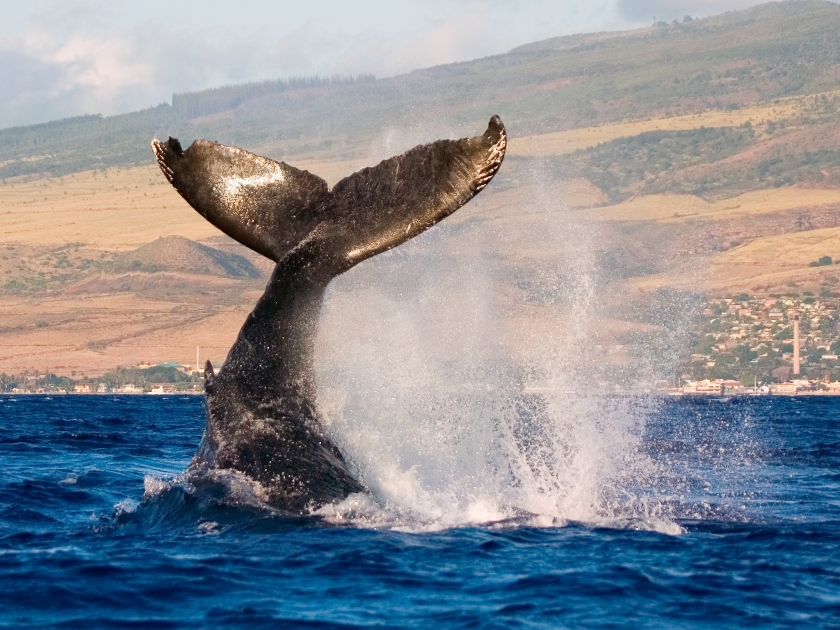
- Go During Peak Season: Plan your whale-watching trip between November and May, with the peak season typically from January to March when humpback whales journey to Hawaiʻi.
- Maui is the Best Island: While you can spot humpback whales from any Hawaiian Island, Maui is renowned as the optimal location for whale-watching.
- Choose Morning Boat Tours: Opt for earlier boat tours, as mornings offer calmer conditions, making it easier to spot whales and their spouting. Afternoons tend to be windier, potentially challenging for those prone to seasickness.
- Explore Makapuʻu Lighthouse Trail in Oahu: If you’re in Oahu and prefer not to take boat tours, the Makapuʻu Lighthouse Trail provides an excellent vantage point for whale watching on calm days.
- Bring Essential Gear: Equip yourself with binoculars and, if on a boat tour, bring wind or rain protection, sunscreen, and a secure hat. Consider a waterproof pouch for your phone or opt for a waterproof camera like a GoPro for capturing memorable moments.
- Combat Seasickness: If prone to seasickness, take motion sickness medicine before a whale-watching boat tour. On smaller boats, be considerate of others and allow everyone the opportunity to enjoy the whale sightings.
- Follow Boat Etiquette: Avoid standing on benches or chairs, sitting on hand railings, tables, counters, or chair backs. No smoking or vaping is permitted. Children should not be placed on shoulders for safety reasons.
Don’t Miss the Chance to be a Part of this Extraordinary Encounter with Nature!
As we reflect on Hawaii’s unmatched appeal for whale watching, the breathtaking beauty of its crystal-clear waters and the majestic marine giants that grace its shores create an unparalleled experience for nature enthusiasts. For those eager to witness the magic of whale watching in Hawaii, now is the perfect time to start planning your trip. With its diverse whale species, stunning landscapes, and reputable tour options, Hawaii promises an unforgettable adventure for every traveler. Seize the opportunity to witness these magnificent creatures in their natural habitat – your adventure awaits!


